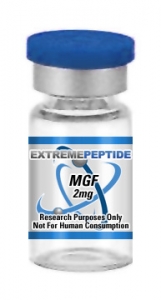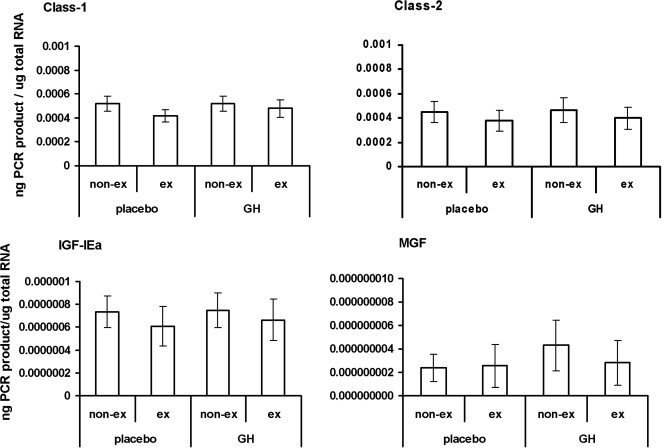(Click here to read our disclaimer)
https://www.extremepeptides.com/product/fragment-176-191/
 Companies selling peptides often use 5 mg frag to refer to HGH frag 176-191. This chemical is a stable and is designed to mimic a releasing factor in an animal’s body. The functions of this peptide are very specific and physiological compared to many other similar chemicals used by an animal’s body for the same purpose. The synthesized fragment of this HGH peptide contains a modified form of the acids from the 176-191 molecules that alters at the C-terminal region of the hGh molecule.
Companies selling peptides often use 5 mg frag to refer to HGH frag 176-191. This chemical is a stable and is designed to mimic a releasing factor in an animal’s body. The functions of this peptide are very specific and physiological compared to many other similar chemicals used by an animal’s body for the same purpose. The synthesized fragment of this HGH peptide contains a modified form of the acids from the 176-191 molecules that alters at the C-terminal region of the hGh molecule.
HGH peptides are lypholized peptides that are specifically designed for research applications. They are not intended to be used on humans and should not be ingested by human subjects, or used outside of a laboratory setting.
The reconstituting process used to manage the peptide will largely determine whether or not the product is stable and suitable for applications on live animal test subjects as opposed to cell cultures.
Usage Information
To ensure the stability and consistency of the peptide, specific storage and use information is essential for 5mg frag 176-191.
- Any lypholized peptides should be stored in the freezer or refrigerator away from bright light. This will allow you to keep your peptides for up to two months. Do not store lypholized peptides intended for short-term use in temperatures colder than 4 degrees Celsius.
- If you plan on keeping your peptides for long term storage you may keep them at -20 degrees Celsius. This will allow you to keep your peptides for several years provided they are capped tightly and not exposed to moisture throughout this time. Vial openings should be minimized to reduce this risk.
- You should avoid continuously freezing and re-thawing peptides. If this becomes necessary, take a variety of aliquot samples from the stock to ensure stability.
Peptides that contain W, C or M sequences are prone to oxidation so all air should be purged from the vial and replaced with a veil of argon or nitrogen. In general. you can keep your peptides stable at 4 degrees Celsius but if a peptide has a sequence that is prone to instability, it is advised that you keep the solution frozen any time it will not be in use. This includes any peptides that have a solution that is has a pH less than 8.
HGH frag 176-191 studies claim that when this peptide is applied to animal test subjects it can burn through adipose tissue. Applications of 176-191 may also increase energy expenditure, fat oxidation and muscle mass.
Most studies revolve around this peptide’s future use in addressing fat loss and obesity because it appears to have fewer side effects than HGH when applied to animal test subjects. However, much research has been performed on simulated conditions at this time.
Click here to view our entire PDF research library
Click here to view or download this article in PDF format


